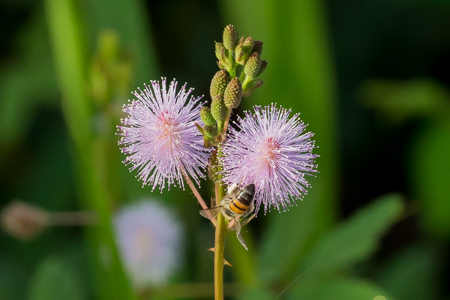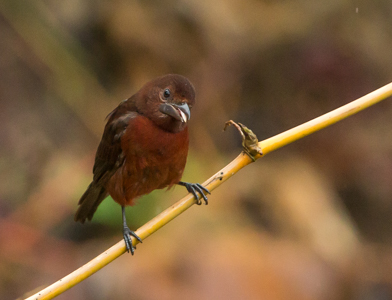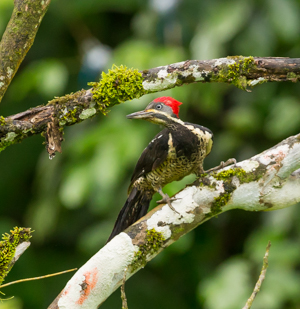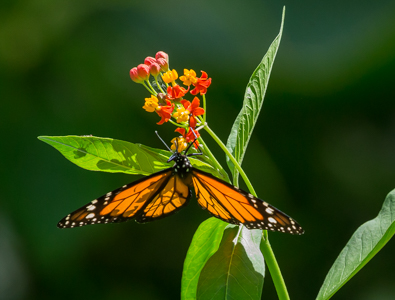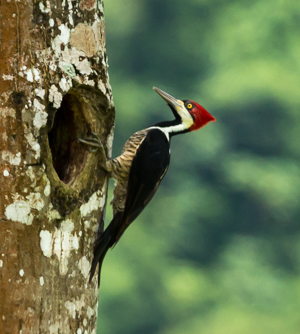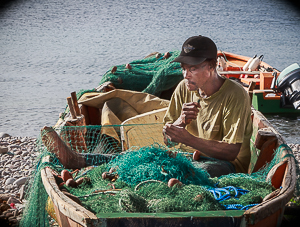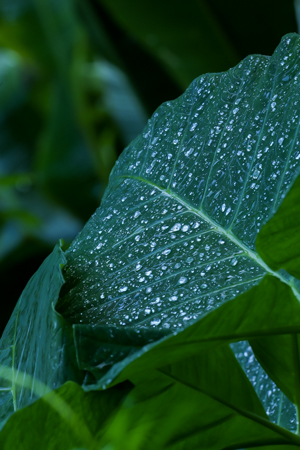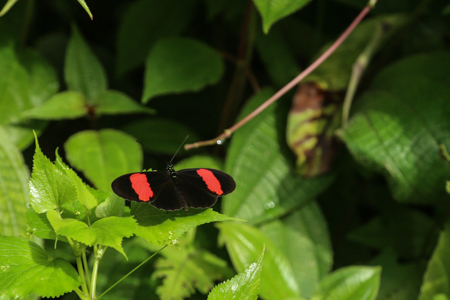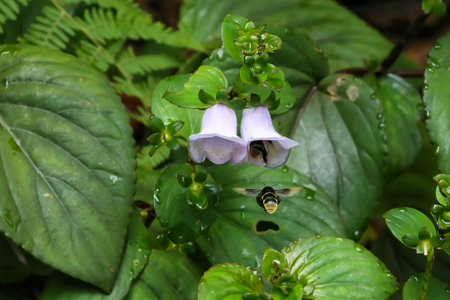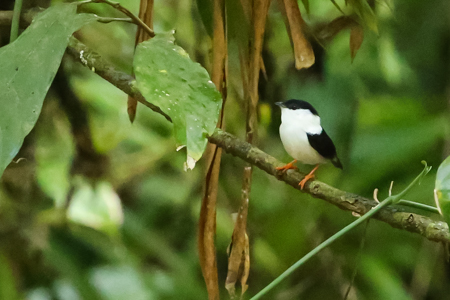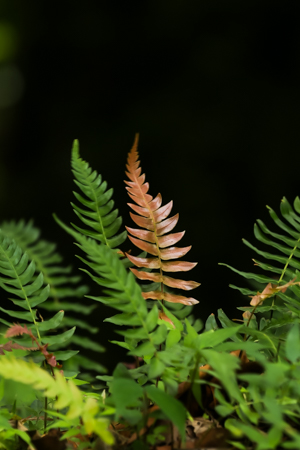2022 - Travels in the Eastern Caribbean, Year 11
Trinidad - January ...
The new year found me still in Trinidad. 41 months into my long visit due to medical issues and Covid-19.
New Years Day Gam
The usual New Year's Day GAM was hosted on line by Jesse. Jesse provided a box lunch to those here in Trinidad. On the Zoom conference we had cruisers join in from as far away as New York and the Bahamas. It was great to catch up with everyone, even if we could not do so in person. Hopfully next year we will be able to meet everyone live.
Please click on an image to see a larger version or to see related pictures.
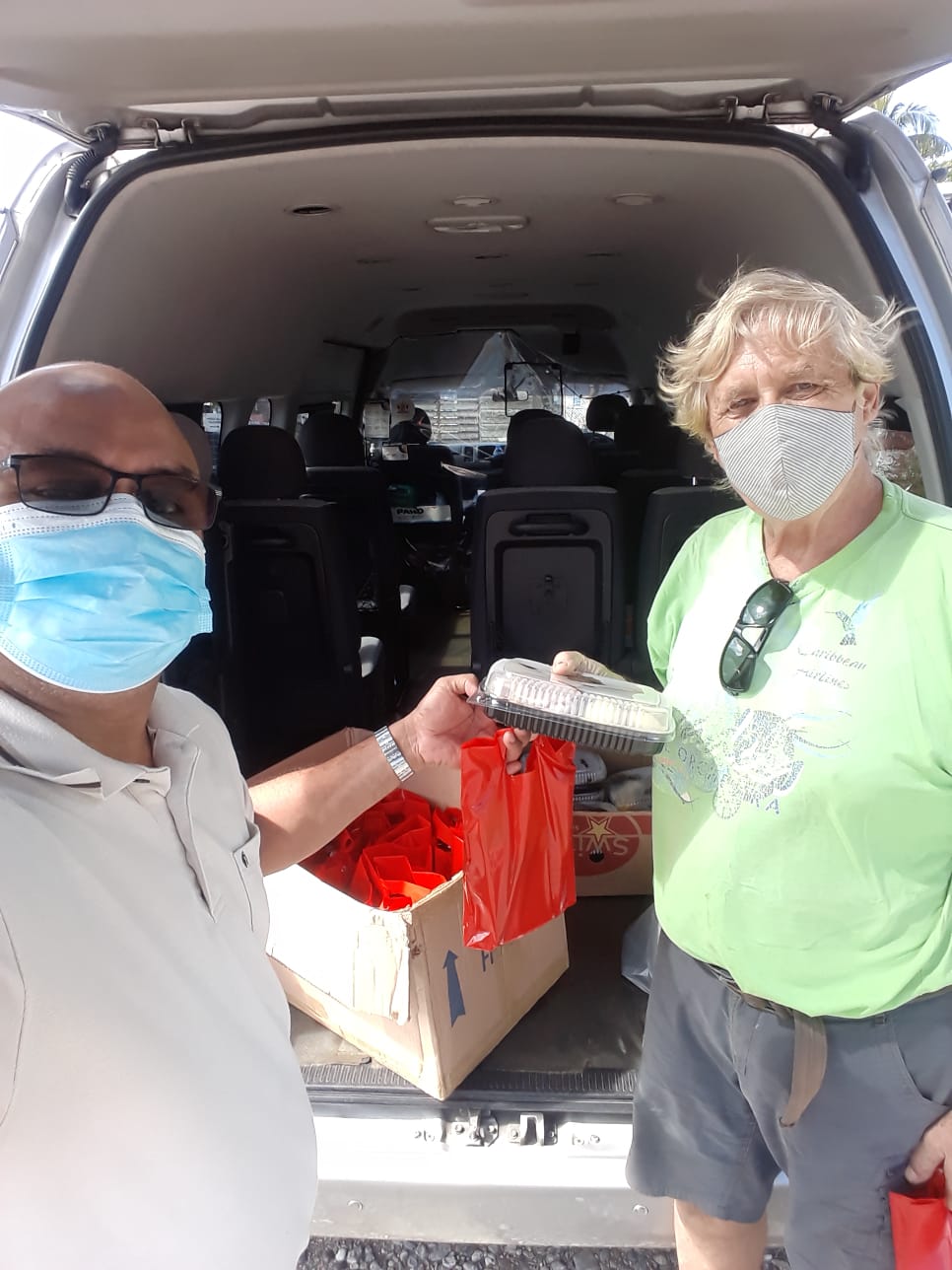
Trinidad - April
Things are begining to open up.
Trip to Yerette Hummingbird Sanctuary and Caroni Swamp Bird Sanctuary
Jesse James organized a trip to both the Yerette Hummingbird and Caroni Swamp Bird Sanctuaries for a group of about 10 of us crruisers.
We first visited Yerette were we were greated with a very detailed discussion of the humingbird. There were hundreds of hummingbirds visiting the flowers in their garden and the numerious feeders. It was a pleasure to sit, watch and photograph the hummingbirds.
After an excellent lunch at Yerette we traveled to the Caroni Swamp Bird Sanctuary and boarded the boat to take us out into the mangrove forest.
On the way out to view the Scarlet Ibis, we were treated with a Red Capped Cardnal, a number of little blue herons, bats, and a Silky Anteater. The Anteater was so tightly curled up in a ball that it was hard to tell head from tail.
The stars of the show were the flamingos. They had only started to visit the Caroni Swamp a few years ago. The last time I visited the Caroni Swamp (some two years ago) there were only a few. Now they number well over a hundred.
The Scarlet Ibis was fewer in number (It is nesting season), but no less spectactular.
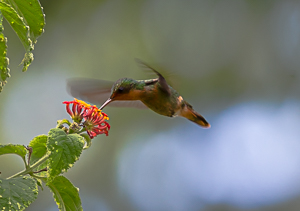
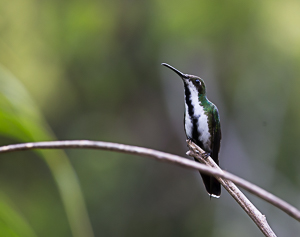
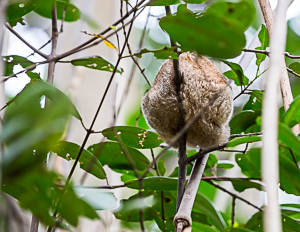
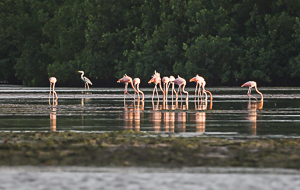
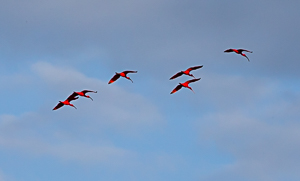
Sailing North - June to July
Finally sailing again.
Trinidad to Grenada - June
We departed the dock at Powerboats on 27 May after more than 3 years in Trinidad. A brief stop at Scotland Bay and then off to Grenada at 11pm. Arrived off Saint Georges just after noon on Saturday. Wonderful sail.
Boat repair in exotic locations - wrapped the prop with a line. In an effort to shut down the engine, broke the shift linkage. Anchored to free the line. Picked up a mooring without a shift. Parts available so repair was easy.
Problems with the outboard. Failed twice. No solution yet. Third try was the charm. Dirty Carb from too long sitting. Cleaned. Now works like a champ.
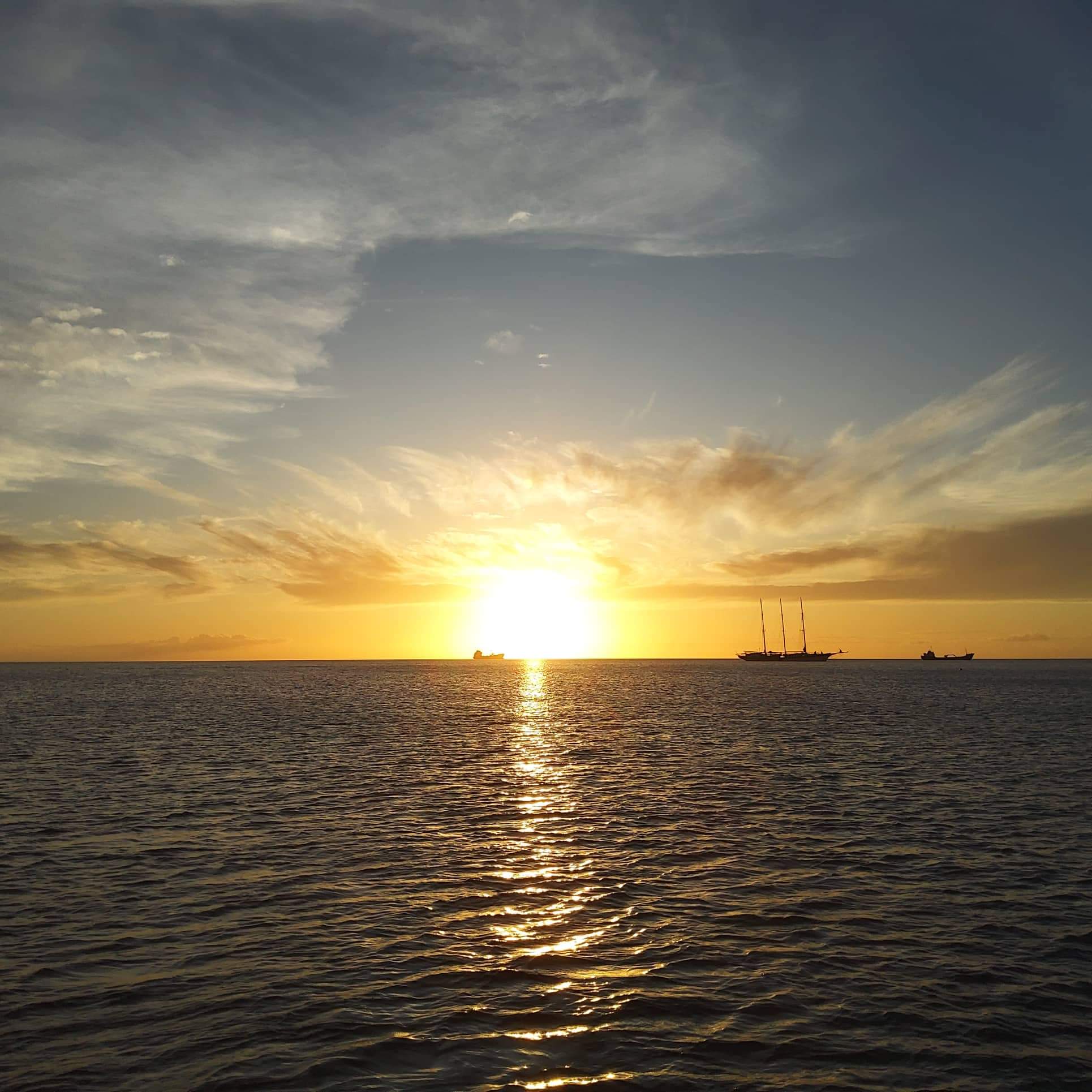
Island Tour - June 2
We got out and explored the island of Grenada on Thursday (my Birthday) with some friends of mine, Ken and Lynn. They drove us around so we could see some things not on the usual tours.
- First Stop was the Runes of the Governor’s General Mansion (house?). Well up in the hills. Hope someone restores it soon.
- Second Stop – was an overlook to view the Port Louis Marina. The big marina downtown St. Georges where we checked in.
- Third – A very “eclectic” museum of local history run by an equally eclectic older man. Lots of local artifacts including some that I remember from my childhood which is scary. His talk was worth the visit.
- Fourth – The local Coco/Chocolate Association. Here is where all the coco beans come to be collected, dried and processed for export. The amount of potential chocolate is staggering. All run by 6 people and all manual labor. The bags are about 140 pounds each.
- Fifth – A local airport were the wrecks of Russian planes from the invasion by the US to kick out the Cubans. Nature takes over.
- Sixth – The runes of a sugar cane plantation and processing plant. The mechanism is water wheel driven device to squeeze the juice out of the sugar cane. Now most rum comes from molasses. However, some small distilleries are reintroducing rum from sugarcane.
- Seventh – Welcome Rock or Stone. A high point on the north end of the island overlooking a few small islands with the bigger island of Carriacou in the distance.
- Not Photographed was a nice lunch at a friend of Ken and Lynn’s b&b. They had tons of fruit trees in their yard and we were given bags of them to take home.
Return to Trinidad
Our plans were cut short by a tropical wave that had delusions of grander things. Trinidad looked to be the safer option. The sail back (motor sail) was in light winds and much rain.
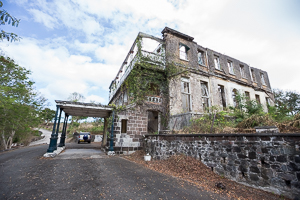
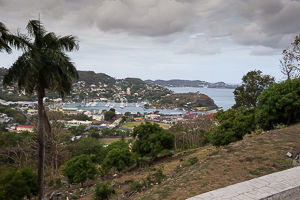
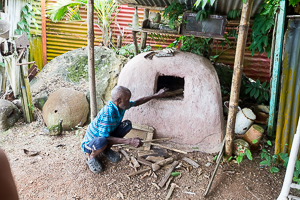
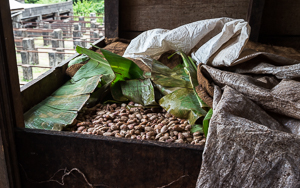
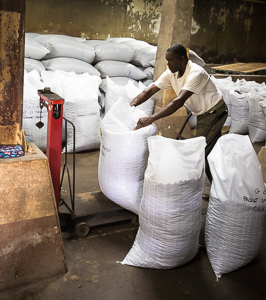
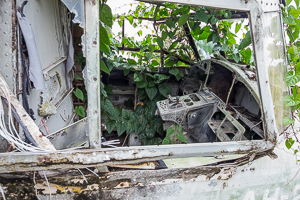
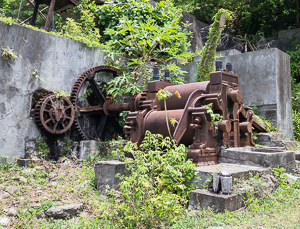
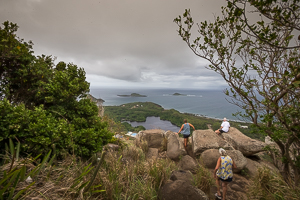
Trinidad - July & August
We returned to Powerboats Yard for some much needed repairs and to lick our wounds. I enjoyed three weeks tied to the dock getting some deck work done and visiting with friends. After that interlude, I returned to my mooring at TTSA.
Roger Neckles Birding Tour - One
I had tried to organize another birding tour with Roger for a couple years. Covid prevented this however. Now with Covid on the wane, we could try again. Jesse James was pressed into service as tour guide with Roger bird and photo guide.
The route was much the same as our previous trip. An early start in Chaguaramas to arrive in SW Trinidad at sunrise. The objective as to see the Blue and Gold Macaws. We started as before at a park in LaBrea (Near Trinidad's pitch lake). We found two teenagers perched in a tree nearby. They stayed there posing for us for a long while.
We drove east along the south coast of Trinidad, exploring many of the back After lunch, the rain slowly let up as we explored the nearby farm land. Of the many birds we saw two stand out: the Yellow-hooded Blackbird and the Purple Gallinule. As the afternoon was drawing to a close and we had a long drive, we headed north.roads. We came upon the Barred Antshrike in the shrubs bordering our road. As the weather was turning and we were getting hungry, we found a very good Chinese Restaurant to get some take out. While walking to the restaurant we spotted a Saffron Finch in the park.
After lunch, the rain slowly let up as we explored the nearby farm land. Of the many birds we saw two stand out: the Yellow-hooded Blackbird and the Purple Gallinule. As the afternoon was drawing to a close and we had a long drive, we headed north.
A fuller discussion of the trip can be found on Trinidad-Cruisers.
Roger Neckles Birding Tour - Two
I enjoyed the first tour so much that when a second tour was offered I gladly joined. The tour was led again by the renowned nature guide and photographer Roger Neckles and tour guide Jesse James. This tour focused on the coastline, hills and highlands near Grande Riviere in the far North East of Trinidad. We were looking for three specific bird species found there. The critically endangered Trinidad Piping-Guan known locally as “Pawi” was the primary bird. In addition, we were looking for the Guianan Trogon and the Channel-billed Toucan. However, the goal was to get out and enjoy the nature of Trinidad.
While the van was slowly negating the road some of us walked on ahead. In the trees at the top of the hill were two large birds that I thought at first were buzzards. The head and neck were different. When Roger arrived, he confirmed that these were indeed Pawi.
Several others were spotted and we were treated to one in flight. In all, we were treated to six Pawi. The area where we found them is one of the last remaining ranges of the Pawi. They have become Critically Endangered due to hunting and habitat destruction. We also saw a Guianan Trogon in the same area.
We spotted many interesting birds as we slowly traveled the backroads of NE Trinidad. I lost count of the various species and only afterward reviewing the pictures could identify the many we spotted. Notable were the: White-Lined Tanager, Guianan trogon, a hummingbird (to far away to identify), Southern Lapwing, Yellow-Crowned Night Heron, crimson-crested woodpecker, and many others.
We had just about lost hope of seeing the Toucan, when we spotted one in the trees some distance off. But as we got closer it flew off. The day was not over yet as we finally spotted a Toucan along the road just at sunset. It was a wonderful day out exploring and birdwatching.
A fuller discussion of the trip can be found on Trinidad-Cruisers.
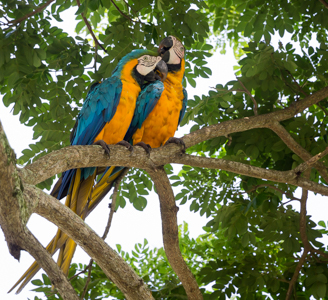
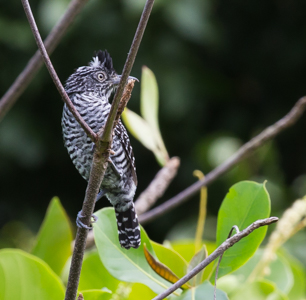
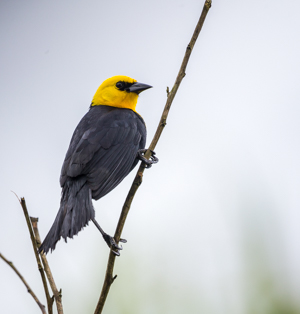
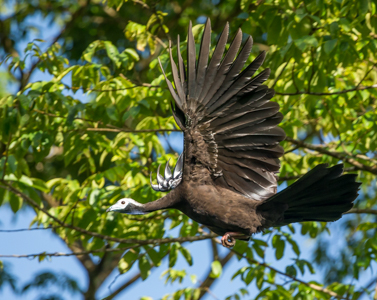
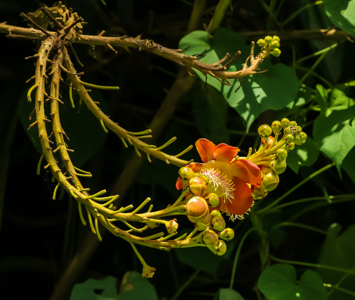
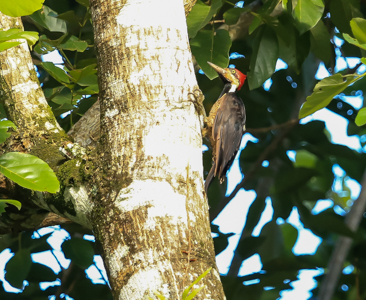
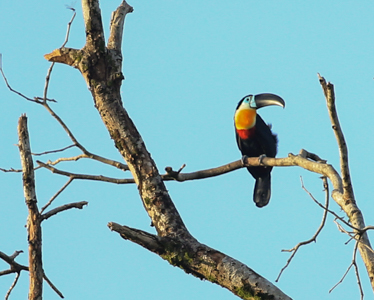
Trinidad - September
Roger Neckles - Nature Photography Classes
I have long wished to join one of Rogers’s courses. He takes students out into the field to teach and improve their photography skills while enjoying the wonders of Trinidad. This month I had the opportunity to join a class.
Class One
We got an early start. The area we were planning to explore was the road leading from Arima, past the Asa Wright Nature Center (closed at the moment), over the crest of the northern range mountains, and then ending at the north coast in Blanchisseuse. The road winds through the forest and is barely passible in places. But, It affords many excellent places to photograph flowers and birds.
Our first stop was deep in the forest. We un-limbered the tripods and focused our attention on some of the many flowers and leaves. One leaf still had drops of water from an early morning rain. We also spotted a Postman butterfly in search of nectar. It was newly hatched as its wings were still in pristine condition.
A bit further down the road we spotted a patch of “bell shaped” flowers. Bees were fighting for access to the nectar. In one case, a bee was pulling out another bee to gain access. A bee waiting line was forming.
On the decent from the ridge of the Northern Range, we spotted a White-Bearded Manakin. It was out in the open which is unusual for this bird. They usually inhabit the deep forest floor and are difficult to photograph in the dim light.
We also spotted a fern that stood out in the patch of other ferns. It made a excellent subject and we spent some time getting the image just right.
Class Two
The second class started near the Caroni Swamp. At sunrise, we found ourselves near a fresh water pond. The pond was active with water birds, Caymans, and bugs of all sorts. A Black Skimmer was working the shallows in search if fish. He spent quite some time near us and allowed for some very nice pictures.
As the sun came up, we moved on to the entrance road to the Caroni Swamp and stopped to photograph some colorful boats docked along the road. The calm water made for a perfect setting.
Moving further up the entrance road, we saw a small flock of Scarlet Ibis (the national bird of Trinidad) feeding in the grass along side the road. The very high tide had forced them out of the mangrove forest, their normal feeding ground. With some stealth, we were able to get our car close to the flock and remained watching them for some time.
After more than 45 minutes the Scarlet Ibis departed and we drove south toward the Temple by the Sea. In a small boat yard, we spent some time photographing the water birds and then saw an opportunity to get an interesting prospective views on a skiff dragged up on-shore.
Driving further south we visited an active fishing marina. The fish scrapes discarded by the fisherman attracted hundreds of pelicans and many other water birds. One Black Crowned Night Heron posed on the rail of a boat near shore.
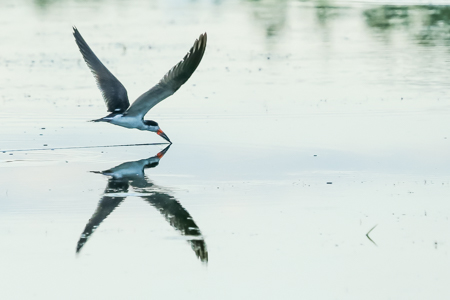
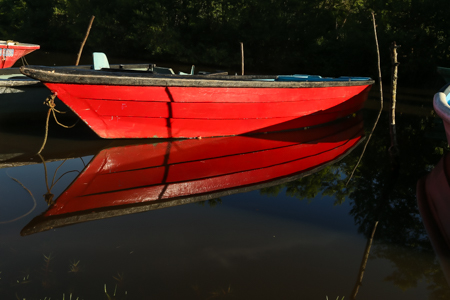
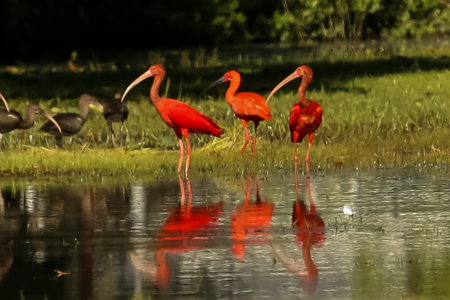
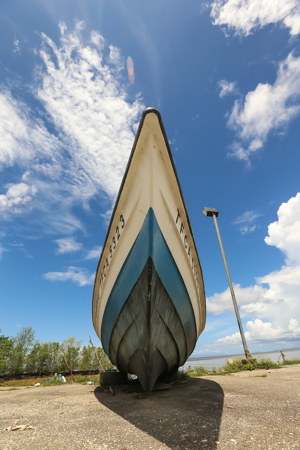
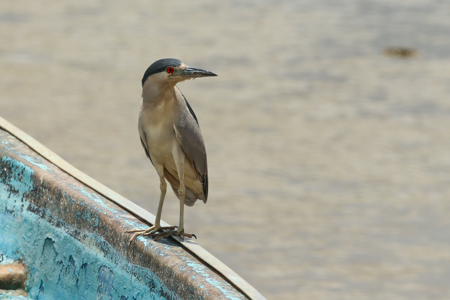
Class Three
The third Sunday Lesson started out near Couva in the hills in central Trinidad. It was a gray morning but we were raring to get started.
We started out practicing our techniques on some attractive flowers along the road. Lots of tripod work. After several stops, we stopped at a nursery to look at some of their orchids. On the way out, we spotted several interesting birds just off the road on or near a banana tree in fruit. The silver-beaked tanager posed for some time while we got a number of good pictures. Next to visit our spot was a Female, Lineated Woodpecker. She again posed in a tree very close to where we were parked.
We departed the nursery and searched the neighboring back roads for an elusive toucan. But while we heard it in several locations, we failed to spot it. We did see a number of photo opportunities along the way. The Monarch Butterfly was busy sampling pollen and allowed us some nice photos.
Returning to the nature center we fortunate to see more birds feeding on the banana tree.
Finally leaving there we found a Crimson-crested Woodpecker inspecting nest holes in a tree near the road. The made both of the large woodpeckers in Trinidad in one outing. A great day.
